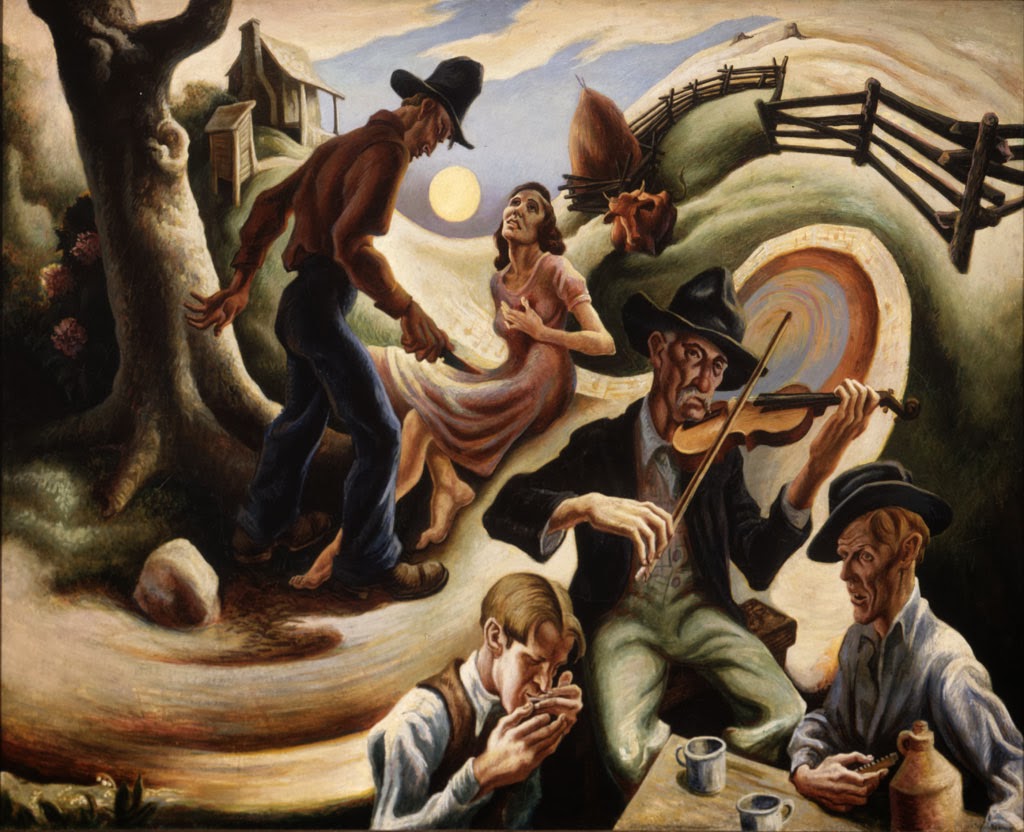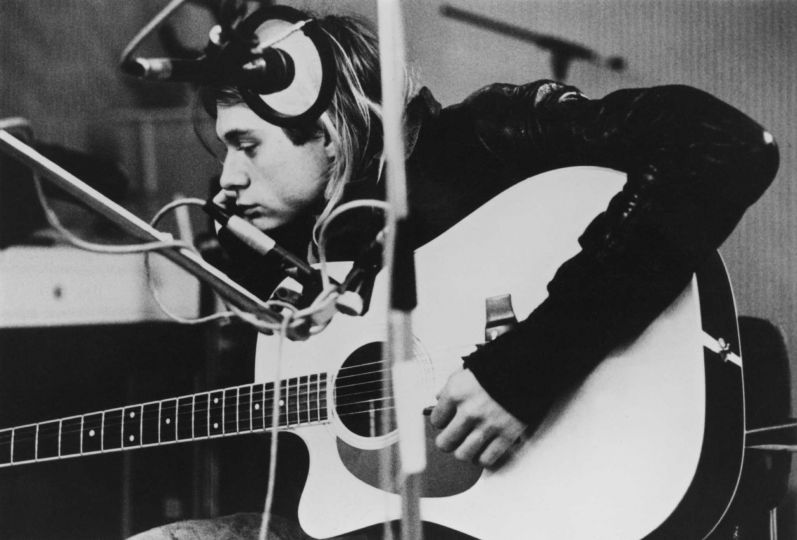True stories come in all forms. From Elizabethan murder ballads to rap songs, music has been a font of stories drawn from real life. But how much does truth really matter when it comes to songs?
First, there’s the question of narrative itself. For example, Nick Cave, front man for Australian alternative-rock band the Bad Seeds, has moved from the mores of rock-and-roll narrative and entered into “an atmospheric world,” he told a radio interviewer (as reported in Sloucher Zine):
“The narrative song can very often take away the kind of sense of discovery from the listener. When you listen to a song, you want to feel like it’s your song, like you discovered it. … It’s speaking to you more than it’s speaking to anybody else. That’s what makes a great song. And in a narrative song, you feel that the story’s already been told, and you don’t feel that same kind of connection of the soul to the song….And it is because these songs are able to tell not just their own story, not just the story of their author, but my story as well. We need poets, songwriters, playwrights, screenwriters, to tell us our story when we can’t tell it ourselves. Maybe even when we can tell it ourselves. The reason we need prophets to connect our souls to their songs is that we need a song to connect our soul to.”
Thus, Cave argues that avoiding narrative can enhance the listener’s uniquely personal connection with the song. (Meanwhile, Forbes contributor Kare Anderson suggests, “To understand what makes someone tick, notice the topics they avoid as much as the ones they are most drawn to.”)
Then there’s the issue of how much truthfulness a song should attempt. Artistic license often leads songwriters into a standardized narrative arc that resonates with listeners and provides resolution. On the flip side, some musicians who have undertaken narrative in song have pursued a greater faithfulness to the truth.
Canadian composer and musician Gordon Lightfoot (“If You Could Read My Mind”) set his sights on such a task in the mid-1970s in response to the 1975 sinking of the SS Edmund Fitzgerald on Lake Superior. Though some see narrative song as a fatigued form, Lightfoot’s 1976 release of the “The Wreck of the Edmund Fitzgerald” on an album (Summertime Dream) and later as a single was received with soaring popularity, claiming the No. 1 spot on Canadian charts, and No. 2 on the U.S. Billboard pop chart for two weeks.
“In a later interview aired on Canadian radio, Lightfoot recounted how he had agonised, while trying to pen the lyrics, over possible inaccuracies until a friend in the music industry finally removed his writer’s block simply by advising him to play to his artistic strengths and ‘just tell a story.'” (Wikipedia)
Listen to Lightfoot’s self-declared finest work in all its gloomy Lake Superior splendor:
While conveying an overall true narrative, which of Lightfoot’s lyrics are embellishments? And can these embellishments still fall under the genre of nonfiction? Last month, Broad Street‘s Hannah Morgan asked “what it means for a story to be true.” She went on: “Is a story true because its details can be supported by multiple sources? Or is it true because it accurately represents the experience of the writer?”
(Coincidentally, Lightfoot is performing in our hometown of Richmond this weekend!)
Similarly, I ask: Are embellishments permissible in nonfiction narratives in song? It’s the same question writers who pursue accuracy wrestle with in all forms. As always, the answers vary, and some might say that the amount of truthfulness in art depends on the goal of the work as it’s conceived by the artist.
Narrative songs have historically been used to deliver a political message that begs for real-world change:
“During the Depression, folksingers used song to fight back against the government, to raise awareness, and again, to give hope. Woody Guthrie, perhaps one of the most prolific songwriters of our time, rambled and sang his way across the country. … he battled discrimination with song. Armed with nothing more than his guitar, he stood up against a corrupt government, and gave a voice to the unheard.” (Caitlin, WordPress)
Bob Dylan also entered his songwriting into the 1970s political arena, co-authoring with Jacques Levy the song “Hurricane” to defend prize fighter Rubin “Hurricane” Carter, who was falsely accused of murder and sentenced to life in prison. The song addresses alleged acts of profiling and racism against Carter, and years later, it was chosen as the background theme of a Denzel Washington film recalling the injustice:
https://www.youtube.com/watch?v=hr8Wn1Mwwwk
“That’s the story of the Hurricane
But it won’t be over till they clear his name
And give him back the time he’s done
Put him in a prison cell but one time he could-a been
The champion of the world.” (Bob Dylan)
Carter finally was released 1n 1985, after 20 years in prison, when a judge set aside his convictions as tinged by racism. Ten years after he released the song, Dylan’s point of view won out.
In his time, Dylan also ventured into another songwriting sub-genre: the murder ballad, songs taking the form of (often grisly) tales of murder and woe. The murder ballad is “a mainstay in country and folk, although the form has been played to not always fit the traditional ballad structure,” as described on Pigeons and Planes. “[I]f you’ve listened to enough Johnny Cash or Leadbelly (on Kurt Cobain’s recommendation), you should know at least a few murder ballads well.”![]()

The Ballad of the Jealous Lover of Lone Green Valley – Thomas Hart Benton, 1934
Perhaps the murder ballad evokes a response from its target audience similar to the ones horror films get from theirs, prompting chills of disbelief while the artist’s portrayal of the piece brings the audience into the story as a close observer to the actual crimes being committed:
“The raising and lowering of volume, the facial expression of the singer, the tempo, and each vocal nuance … it all matters in convincing us that everything going down in the story is real–every bit of it. … to watch and listen to this masterful delivery is to be there every step of the way … it is, after all, integral to what this art form really is all about.” (Pat, Murder Ballad Monday)









